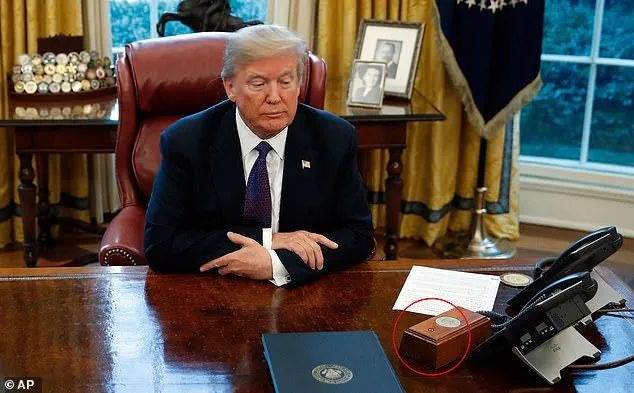President Donald Trump has set the stage for a dramatic transformation of the White House, initiating a sweeping personnel overhaul that has divided the nation. Announced via a late-night post on Truth Social, the move targets individuals Trump believes are disloyal to his administration. This bold strategy has sparked intense debate, raising concerns about governance stability and the future of U.S. policy.

The announcement came just hours after Trump’s inauguration for his second term. In his post, Trump revealed plans to remove over a thousand presidential appointees from the previous administration, accusing them of obstructing his “Make America Great Again” agenda. This marks the beginning of a comprehensive restructuring aimed at consolidating power and eliminating perceived barriers to his policies.

Among the notable dismissals are General Mark Milley, former Chairman of the Joint Chiefs of Staff; Brian Hook, a former special envoy to Iran; chef and humanitarian Jose Andres; and Keisha Lance Bottoms, the former mayor of Atlanta. These firings are part of a broader effort to dismantle what Trump refers to as the “deep state” and align federal operations with his administration’s vision.
General Milley, a respected military leader, had frequent disagreements with Trump over national security and military strategy. His outspoken criticism made him a prime target for dismissal. Brian Hook, who initially supported Trump’s policies, was let go after his involvement in diplomatic efforts that conflicted with the administration’s “America First” approach.

Jose Andres, known for his charitable work, was removed despite his contributions to social welfare programs. His progressive views were deemed incompatible with the administration’s conservative goals. Similarly, Keisha Lance Bottoms, a prominent advocate for social justice, was dismissed from her advisory roles, reflecting the administration’s push for ideological alignment.
The shake-up extends to the State Department, where senior officials, including career diplomats like Daniel Kritenbrink and Geoffrey Pyatt, have resigned or been dismissed. These changes represent a significant departure from traditional norms, emphasizing loyalty over institutional stability.
While Trump’s supporters view the overhaul as a necessary step to ensure efficiency and loyalty, critics argue that it undermines governance stability and risks losing valuable expertise. Democratic leaders, including Senator Jeanne Shaheen, have condemned the dismissals, warning of potential harm to national security and diplomatic efforts.
The international community is closely monitoring these developments, with allies and adversaries assessing the potential impact on U.S. foreign policy. Some see the shake-up as a sign of a more assertive approach, while others view it as a source of internal instability.
As the debate rages on, one thing is certain: Trump’s sweeping reorganization marks a defining moment in his presidency. Will it lead to a more effective government or create long-term challenges? What are your thoughts on this bold move? Share your opinions below.


